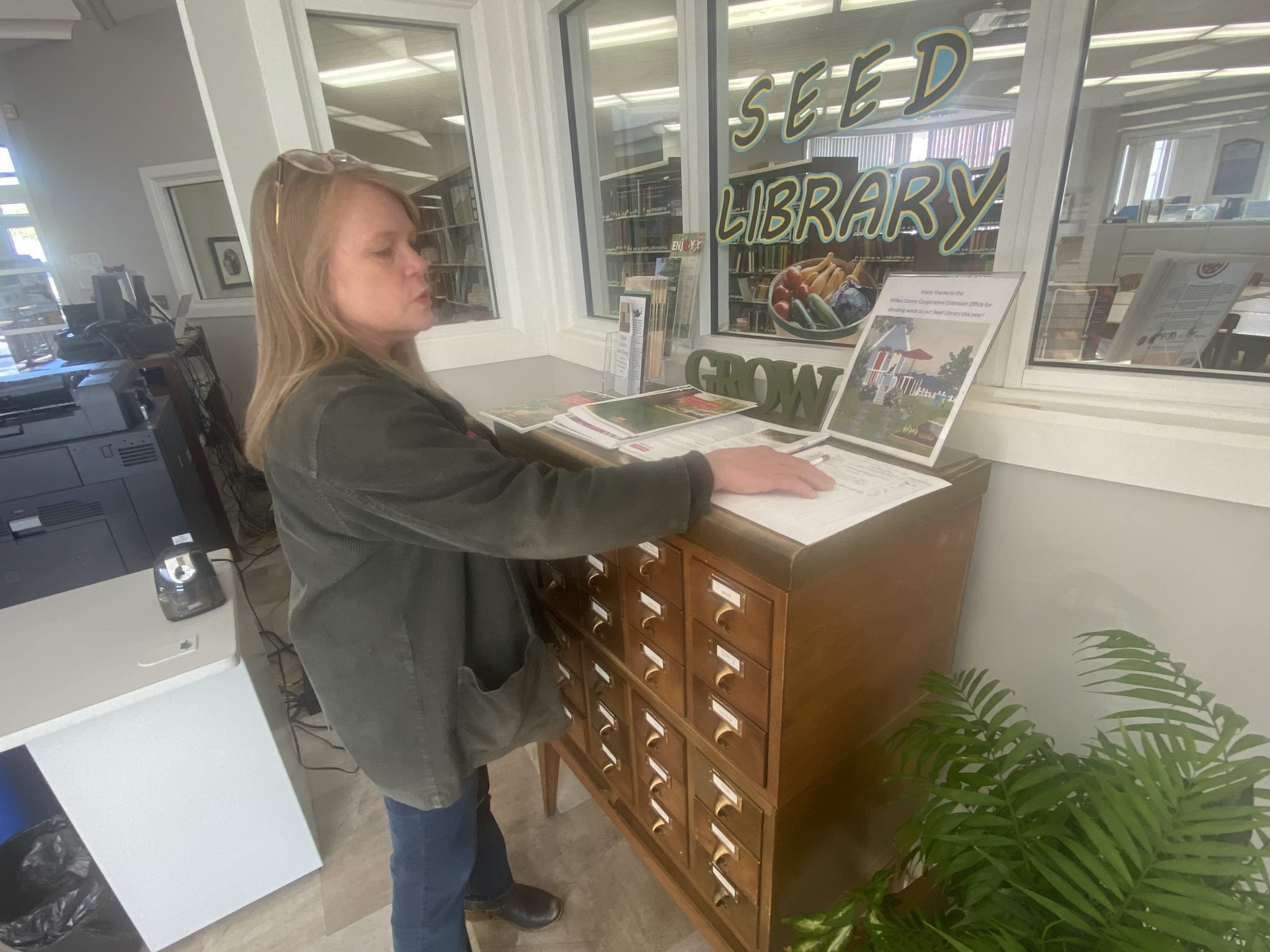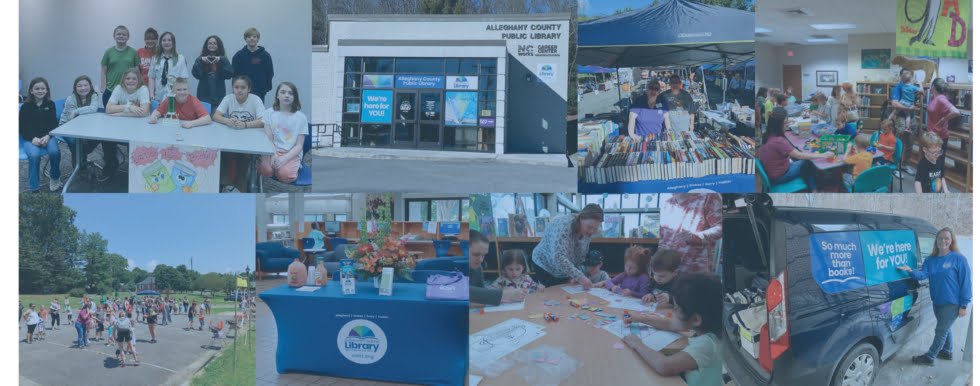The Race for Third Place
Note: This is the second of an exercise I undertook to assess how AI might help me in creating these posts. In the previous post, I detailed what happened when I asked an AI to analyze my website and write a sample post in my style. It did some things very well and disappointed in other ways. But it came up with a good idea — the suggestion I write something on libraries, something I hadn’t considered and which I run with below. From the post Chat GPT4 drafted, I have kept three elements: the topic; a study it found that was on point; and the phrase “modernize the mission.”
****
Even at the height of the pandemic, what researchers call our “first places” – our homes – were safe and secure. Post-pandemic, we spend more time there than ever.
We’re also increasingly going back to spending more time in our “second places” – our worksites.
But we’ve got some work to do in rediscovering our “third places.”
Third places are those spots outside of home and work where we have the opportunity to connect with people we don’t know as well, to laugh and have fun, to learn and try out new ideas and foods – to be humans.
But these days third places – the element of American life that most impressed Alexis de Tocqueville about Americans more than 200 years ago, what he called our propensity for “voluntary association” – are hurting. All sorts of people have documented our turn away from those places. Fewer and fewer of us worship together. We don’t join the Elks or Moose or Civitan or Rotary Club – or book club or supper club -- like we used to. We don’t bowl in leagues or play softball together. And when we don’t do those things together, we miss a special opportunity to form connections and feel a part of our communities. I’ve written about the importance of trying to revive those old places, but the trend lines are troubling.
In the place of our historic community-building activities we’ve substituted the Internet, which promised us a new virtual third space of connection, then delivered us dystopia -- screens that ensure we never have to interact with anyone who looks and thinks different than we do and encourage us to sling mud.
There are some other “new” candidates for third places in our lives. Gyms combine the potential for interaction and fitness, but fees make it hard for some folks. Coffee shops and bars offer informal interactions; they have physical and financial costs.
But there’s another place that wasn’t even on my radar screen till Chat GPT suggested it after considering posts I should write. I’m sitting there right now.
The public library is where I go to write most of my posts. As I type this in the Wake County Public Library’s Village District branch, I can hear children chirping downstairs as a librarian reads to them. Thirteen of the 30 public desktops are occupied (it’ll busier later today), giving folks a chance to look for work, or email friends or surf. A charging station rejuices three smartphones. There are two different tutoring sessions going on at nearby tables. A homeless man sleeps in the corner, sheltered from a thunderstorm.
Downstairs there’s a bulletin board with 20-30 community events advertised. Some of them are here; others around the neighborhood. There’s an upcoming movie night at the library. A visual artist is coming soon to talk about his work.
Oh, and there are a lot of books too. Books on shelves; books on tape; newspapers; magazines. The summer reading challenge for adults and children has just ended – we beat the goal of 2 million checkouts by a couple hundred thousand.
2 million checkouts over the summer seems like a lot to me. But there’s more than reading going on at libraries.
Libraries have some built-in advantages as a new go-to third space.
· They are free to use.
· They already have good locations.
· They are trusted by most (even though book bans have quadrupled since 2020, 92% of parents still say they trust librarians to curate appropriate books for their children; 90% say they trust that their children are safe in the library). Nationally, libraries have a higher trust level overall than any public institution except public parks.
· More people visit libraries each year than attend sporting events, go to zoos or museums, national parks or movie theatres.
Statistically, public libraries are most popular among Hispanics, followed by blacks and whites. More women than men go to libraries. More 18-35 year-olds go to libraries than older folks; more lower income than higher income.
All that could explain why libraries have been absorbing local cuts since the Great Recession and federal cuts by executive order this year. But the best librarians are fighting back to demonstrate the critical role libraries can play in addressing a host of issues.
In rural Wilkes County, North Carolina, librarian Suzanne Moore has created a “Collection of Things” that enables residents to borrow everything from fishing poles to pickleball rackets. She hosts meetings for a local domestic violence shelter. She’s set up a vending machine that can dispense Narcan doses to reverse fentanyl overdoses. There’s a community refrigerator dispenses free local produce to people with food needs. After a nine percent cut from the county in July 2025, she’s had to get rid of evening operating hours, so she’s working to increase the number of hotspots the library has, to enable Internet use by residents outside of operating hours.
Suzanne Moore at work (photo from NC Rural Center).
She’s not alone in her efforts to expand the services the library offers: a 2023 survey by the Public Library Association found that 80% of rural librarians are working to improve digital equity, help with economic development, support job seekers, and improve public health and well-being. “We need to continue to get the word out about libraries—that we’re here, and that we’re not outdated,” Joan Sherif, director of North Carolina’s Northwestern Regional Library, told the NC Rural Center. “Communities need libraries, even more now than ever.”
In wealthier communities, libraries are responsive to community needs in other ways. A library in Sunnyvale, California offers a business center and a 3D printer, and another one in Onandaga County, NY lends out “tech backpacks” to starting entrepreneurs.
Libraries are in a race for relevance. Will anyone speak up for them? (photos NC Rural Center)
That sounds like a group of librare-preneurs doing what they can to modernize the mission of libraries and set them up as a legit alternate third place in the communities they serve, a safe middle ground, a conveyor, a magnet, drawing people from widely different backgrounds into a common space, helping to reunite divided communities. They are well-positioned to pull it off; they’ll need some support from all of us to get there.
-Leslie
Notes:
Pew on trust in public libraries: https://www.pewresearch.org/short-reads/2017/08/30/most-americans-especially-millennials-say-libraries-can-help-them-find-reliable-trustworthy-information/
Report on rural libraries in NC: https://www.ncruralcenter.org/2024/05/more-than-books-n-c-s-rural-libraries-support-changing-communities/
Libraries most popular place to go: https://www.route-fifty.com/management/2020/01/library-usage-data/162714/
Federal cuts to library funding: https://www.edweek.org/policy-politics/trump-admin-cuts-library-funding-what-it-means-for-students/2025/03
Local cuts to library funding: https://www.arlibrary.org/wilkes-county-blog/wilkes-county-public-library-announces-reduced-hours-and-programming-due-to-budget-cuts and https://carolinaforward.org/blog/north-carolina-libraries-are-under-attack/ and https://www.newsobserver.com/news/politics-government/article307788515.html
Parent trust in libraries: https://www.everylibraryinstitute.org/parent_perceptions_librarians_survey_2023


